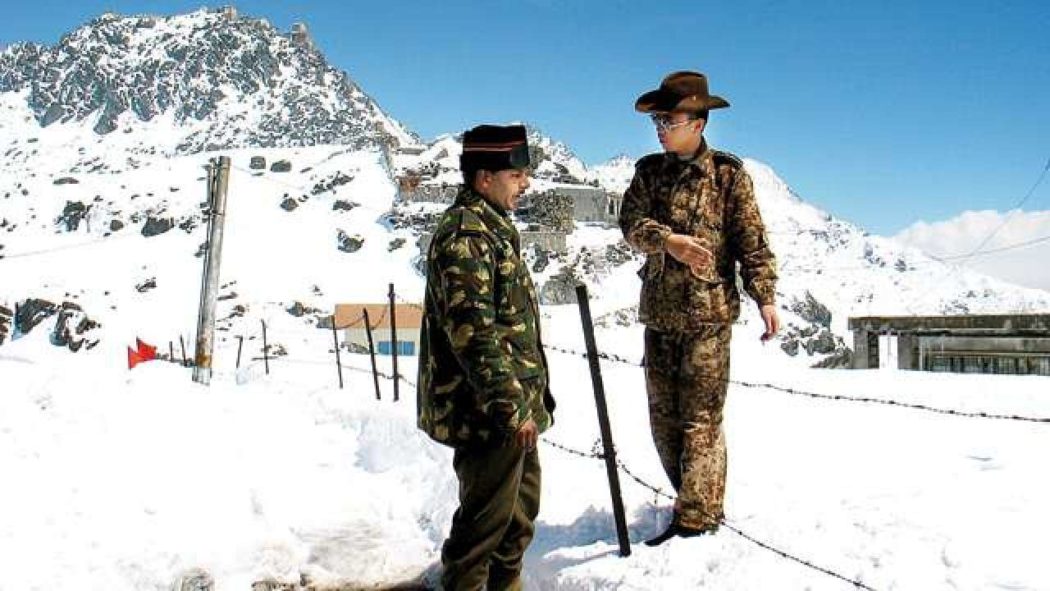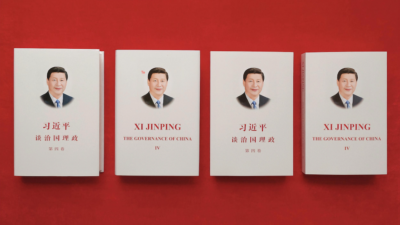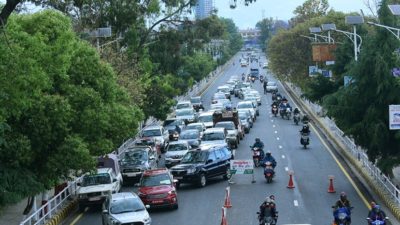
Since May this year, the border standoff between the troops of India and China in the western sector remains unabated. Despite a number of local military commanders’ meetings, a foreign ministry working mechanism talks, and Special Representative level interventions to “disengage and de-escalate”, the borders remain tense with military mobilization on both sides.
Such a high level of political, diplomatic, and military response from India is in sharp contrast to the low-key response from China. China’s Western Theatre Command, defense ministry, and foreign ministry spokesmen have made few comments.
The June 15th night barbaric incident at Galwan, when 20 Indian Army personnel were killed by the Chinese troops including the Commanding Officer Col Santosh Babu, remains the defining moment in the current bilateral relations with China. As Dr. S. Jaishankar, the External Affairs Minister told his counterpart Wang Yi, such a “pre-meditated and planned action” on the part of the Chinese troops will have a “serious impact on the bilateral relationship”.
Prime Minister Narendra Modi visited Ladakh on July 3 and in his interactions with the military personnel alluded not only to the “expansionist” tendencies in the region but praised the befitting “fire and fury” response of the forces against the “enemies of India”. On a visit to Ladakh to take stock of the security situation, Defence Minister Rajnath Singh categorically stated that “not an inch of our land can be taken by any power in the world” but expressed doubts about the swift progress on discussions for de-escalation on the borders.
Such a high level of political, diplomatic, and military response from India is in sharp contrast to the low-key response from China. China’s Western Theatre Command, defense ministry, and foreign ministry spokesmen have made few comments, besides the policy prescriptive suggestions from ultra-nationalist Global Times which warned India not to forego investment from China even if the border situation continues to deteriorate further. Such psychological warfare by China doesn’t appear to have impacted India.
The above developments indicate that the border standoff is expected to continue for the foreseeable future despite the onset of severe winter blues in a few months in the region. Meanwhile, on the backdrop of mobilisation of armed forces and strengthening of conventional deterrence capabilities across the borders by both sides, and due to the ensuing stalemate on the LAC, the focus is shifting to the economic and strategic spheres.
Thus, following the suggestion that stability in the Line of Actual Control of border is essential to furthering bilateral relations, and implementing the observation of “serious impact on bilateral relations”, India took a series of measures to express its displeasure with China and demonstrate that there cannot be business as usual.
The change was first indicated by former foreign minister late Sushma Swaraj in May 2014 when meeting her counterpart Wang Yi, she enquired about the need for diplomatic reciprocity in the form of “one India” policy observance by China.
Firstly, China’s corporate sector was shocked by the Indian IT ministry’s move to ban 59 apps. Many of the Chinese apps have a huge following in the Indian market worth over Rs 17,000 crores. Moreover, the ban – now expanded to a further 49 apps – has led to a drastic fall in the global market value of these apps. Losses estimated at $18 billion are expected in this sector in China this year.
As the border stand-off turned into the current stalemate there is a quiet appreciation abroad for the Indian efforts to peacefully, but firmly, negotiate with China.
Secondly, the Indian investment ministry began exerting pressure on China’s investments and tenders in the burgeoning domestic infrastructure market. China’s sales in power equipment, pharmaceutical ingredients, road, railway, and telecom sectors will be affected if such measures are implemented and may incur losses in the range of $50 to $60 billion a year cumulatively in the Indian market alone.
Thirdly, a well-established and decades-old “one China” policy is under sharp revision in India. The change was first indicated by former foreign minister late Sushma Swaraj in May 2014 when meeting her counterpart Wang Yi, she enquired about the need for diplomatic reciprocity in the form of “one India” policy observance by China. In the light of China taking up in vain the Kashmir issue to the United Nations Security Council four times so far, India is now carefully weighing its options on Taiwan, Tibet, Xinjiang, the South China Sea, and Senkaku Islands.
Fourthly, as most countries are affected by the current Coronavirus pandemic, which originated in Wuhan in China last year, India took an active role in World Health Assembly deliberations on “impartial, independent and comprehensive investigation into the origins” of the virus. Even though India and China have coordinated for medical assistance against the disease across Eurasia and South Asia, it is not lost on observers that India took its own protective measures by evacuating its citizens from Wuhan.
Fifthly, as the border stand-off turned into the current stalemate there is a quiet appreciation abroad for the Indian efforts to peacefully, but firmly, negotiate with China. The United States, France, and Japan condoled the death of the 20 Indian soldiers. Russia refused to transfer further batteries of the S-400 air defense systems to China, even as its foreign minister skipped the China-organised foreign ministerial meeting of the Belt and Road Initiative.
Despite the 34 naval missions to the Indian Ocean, its submarine visits to Colombo and Karachi ports, and militarisation of the South China Sea reefs, China’s navy faces a formidable array of fleets standing for a free and open India-Pacific.
More significantly, Indian naval vessels joined in late July in the USS Nimitz aircraft carrier-led passage exercises (PASSEX) at Andaman and Nicobar Islands. While India so far had not conducted joint naval exercises with the US in the South China Sea and instead had participated in the group sailing with the Southeast Asian navies, it is likely that in the near future this maritime region is likely to be carefully monitored by multinational naval forces. The recent India-Australia virtual summit meeting provides a chance for Canberra to strengthen the Quadrilateral efforts in this direction.
The maritime factor acquires significance given the statement by certain Chinese scholars that Galwan and other contiguous areas are “barren” and of no major significance for China. Much of the wealth of China is on the high seas with exports and imports forming a significant proportion of its gross domestic product. Despite the 34 naval missions to the Indian Ocean, its submarine visits to Colombo and Karachi ports, and militarisation of the South China Sea reefs, China’s navy faces a formidable array of fleets standing for a free and open Indo-Pacific.
Thus, the collateral effects of Galwan are coming home to roost in Beijing with mounting costs in the diplomatic, economic, and strategic spheres. Besides affecting the country’s profile abroad, the border stand-off is also expected to make an impact on the domestic factional wrangling as the ruling Communist Party prepares for the once in the five-year national congress.
Source : chintan India Fundation
Top Headlines
- Relevance of Prithivi Narayan Shah in Contemporary Nepal1
- Scrutinizing Relevance of Prithivi Narayan Shah´s Thoughts and Strategy2
- Photo exhibition at Nepal Army Headquarters3
- NA team sets out on Gorakha-Kathmandu march to promote ‘unification route’4
- Ncell is the FIRST Nepali Telecom Company to receive ISO 27001 and ISO 27701 certifications for information security and data privacy5
- PM Oli, Sri Lankan’s former President meet6
- PM Oli extends New Year greetings7
- Gold price ups Rs 2,000 per tola8
















Write your comments